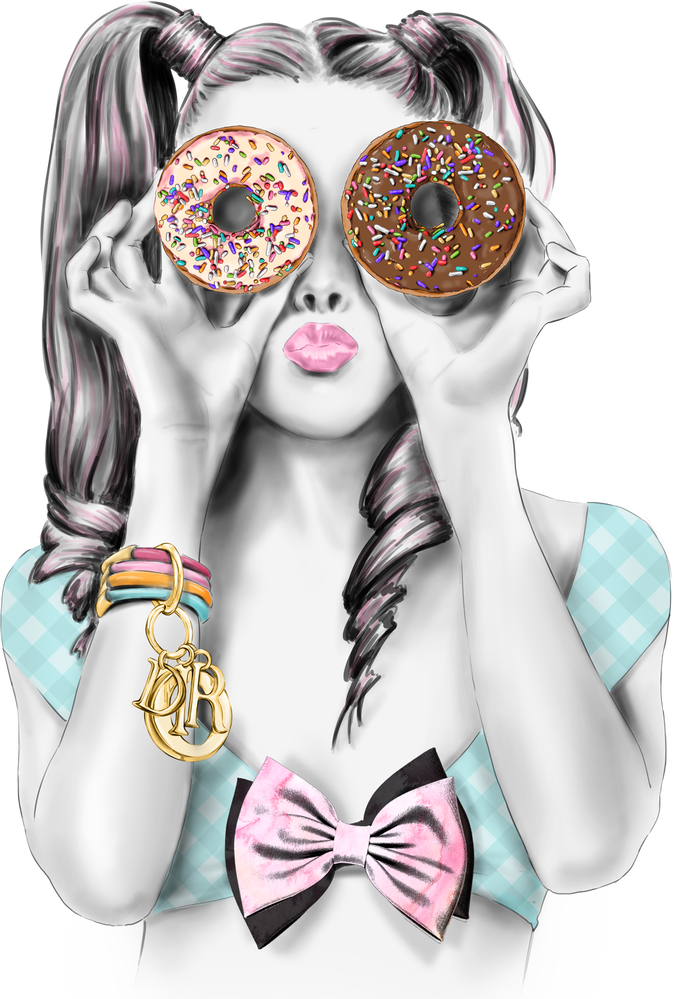Download links for: Drunk Tank Pink: And Other Unexpected Forces that Shape How We Think, Feel, and Behave


Reviews (see all)
Write review
Interesting maybe. But only if you've never read Malcolm Gladwell, etc. And less well-executed...
There's not much here that hasn't been previously covered in similar books on this topic.
Fine.
Other books by Nonfiction
Related articles












